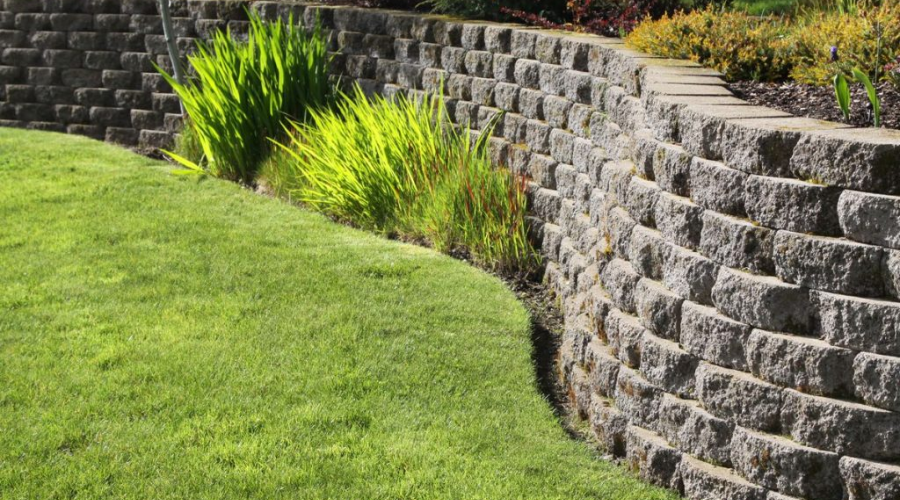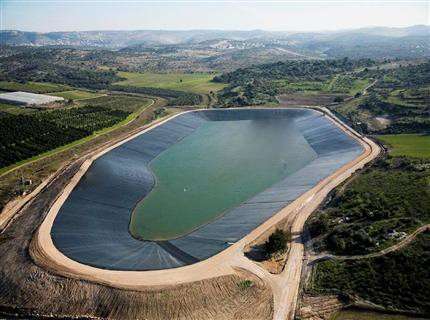
Blog

May 26,2023
Geotextile Fabric: An Innovative Solution for Civil Engineering Developments
Geotextile fabric is a multipurpose and cost-effective material that has revolutionized the construction industry. This synthetic textile material is usually made from polypropylene, polyester, or other materials, and its primary purposes are to enhance soil stability, drainage, filtration, and erosion control in various civil engineering projects.
Geotextile fabric comes in different forms, like geotextile grids, gravel grids, and other conditions that are specifically designed to be served for numerous applications. This blog post will describe the different types of geotextile fabrics and the benefits they provide for various civil engineering projects.
Geotextile Grids
Geotextile grids are one of the most common forms of geotextile fabric made from high-density polyethylene (HDPE) materials and are developed to provide reinforcement and stabilization to soil structures. Geotextile grids are widely used in driveway construction, retaining wall construction, and other civil engineering projects.
Geotextile Grids for Driveways
Geotextile grids bring an innovative solution for driveways far better than traditional concrete or asphalt driveways. They are easy to install, cost-effective, and require little maintenance. Geotextile grids also provide better traction, reduce erosion, and facilitate better drainage to prevent flooding and waterlogging.

Geotextile Grids for Retaining Walls
Geotextile grids for retaining walls are pretty practical applications of geotextile fabric. Retaining walls are structures designed to hold back soil and prevent erosion in sloping areas. Geotextile grids reinforce the ground behind the retaining wall, which helps provide extra support and stability. This helps to reduce the risks of collapsing or shifting the retaining wall, which could lead to property damage and safety hazards.
Geotextile Gravel Grids
Geotextile gravel grids are also the type of geotextile material that is commonly used in driveways and parking lots. These grids consist of interconnected cells filled with gravel or other materials to create a stable surface. Geotextile gravel grids offer several advantages over traditional gravel driveways, including better stability, reduced erosion, and improved drainage. They also facilitate easier snow removal and require less maintenance than conventional gravel driveways.
Another beneficial use of geotextile gravel grids is in drainage systems. Drainage systems are designed to collect and remove excess water from an area; they help avoid flooding and water damage. Geotextile gravel grids create a stable surface for drainage channels and help filter sediment and debris from the water as it flows through the system.
Other Applications of Geotextile Fabric
Geotextile fabric is also used in various civil engineering projects for different applications. Non-woven geotextiles are commonly used in landscaping projects, where they not only help prevent weed growth but also retain moisture in the soil and protect the underlying soil from erosion.

Geotextile fabric is so famous for its use in road construction projects. When building roads, geotextile fabric is placed between the subgrade and the aggregate base to prevent the two layers from mixing. This helps maintain the stability of the road and prolongs its lifespan.
Geotextile fabric is also easy to install, making it a popular choice for contractors and civil engineers. This helps speed up the construction process and reduces labor costs.
Geotextile fabric improves soil stability, prevents erosion, and improves drainage, making it an ideal solution for various civil engineering projects. Its ability to filter sediment and debris from the water as it flows through drainage systems also makes it an essential tool in preventing water damage and maintaining the safety of nearby properties.
Geotextile fabric is also easy to install, reduces labor costs, and speeds up the construction process. Its low maintenance requirements make it a cost-effective solution for long-term projects.
Some producers also offer design and installation services of geotextile fabrics for various civil engineering projects. This ensures the geotextile fabric is installed correctly and according to the required specifications, providing maximum benefits and longevity.
Conclusion
Geotextile fabric is an innovative material that has transformed the construction industry. Its versatility, cost-effectiveness, and durability make it an ideal solution for various civil engineering projects. As the demand for sustainable and cost-effective construction solutions grows, geotextile fabric is expected to play an increasingly important role in modern construction projects.







